How To Soundproof a Sliding Window? {12 Proven Ways}
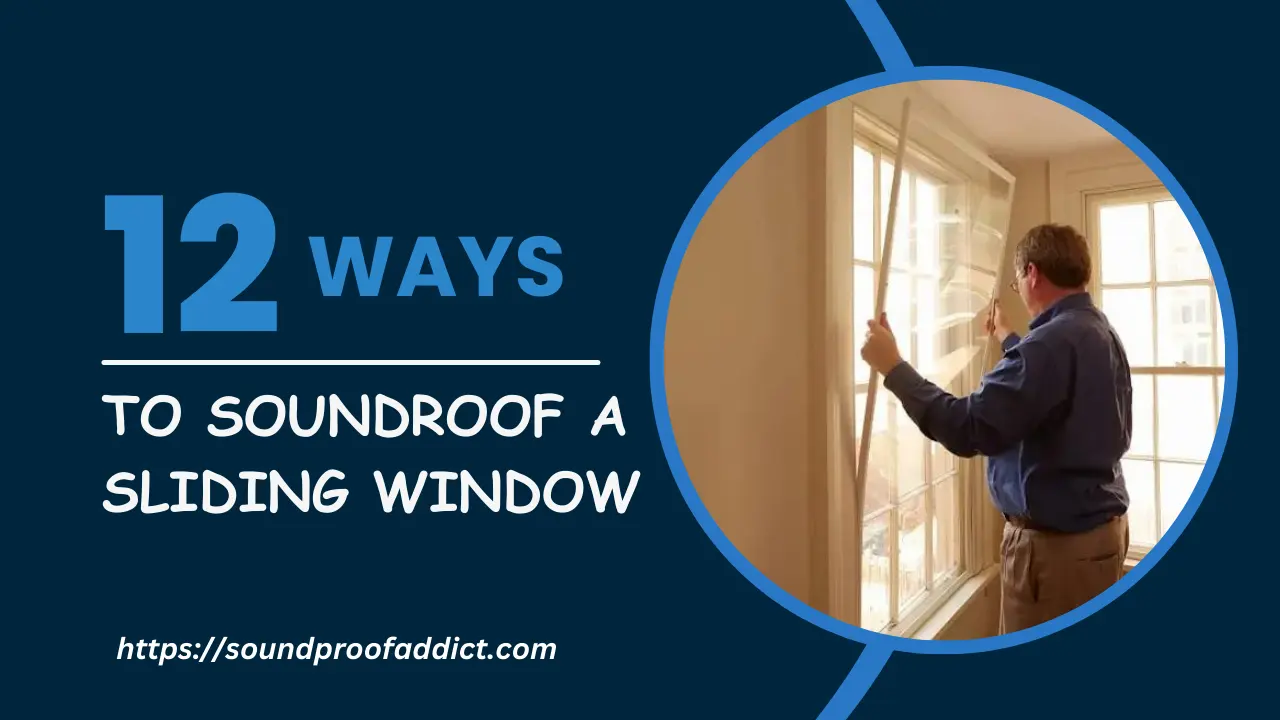
Struggling with loud noises outside? And looking for ways to soundproof your sliding window. Your search ends here!
Well there is nothing wrong to say that sliding window adds a bit of touch to our house, but they can be allow sound to pass through if the glass is not of good quality.
So to hep you to reduce the noise the sound coming through your sliding window.
In today’s informative guide, I am about to give you 12 proven techniques to effectively soundproof a sliding window.
Keep reading…
12 Proven Ways to Soundproof a sliding window
Here are the 12 for quieting a sliding window:
1. Hang a triple-layered soundproofing curtain
Using triple-layered soundproofing curtain is one of the affordable way to soundproof a sliding window. When we talk about triple-layered soundproofing curtains, we’re referring to curtains that are specifically designed to absorb and dampen noise.
These curtains are crafted with specialized materials that have excellent sound-absorbing properties. The secret lies in their construction, which consists of three layers.
The first layer, facing the window, is often made of a dense fabric that helps to block out sound waves. This layer acts as a barrier, preventing external noise from entering your living space.
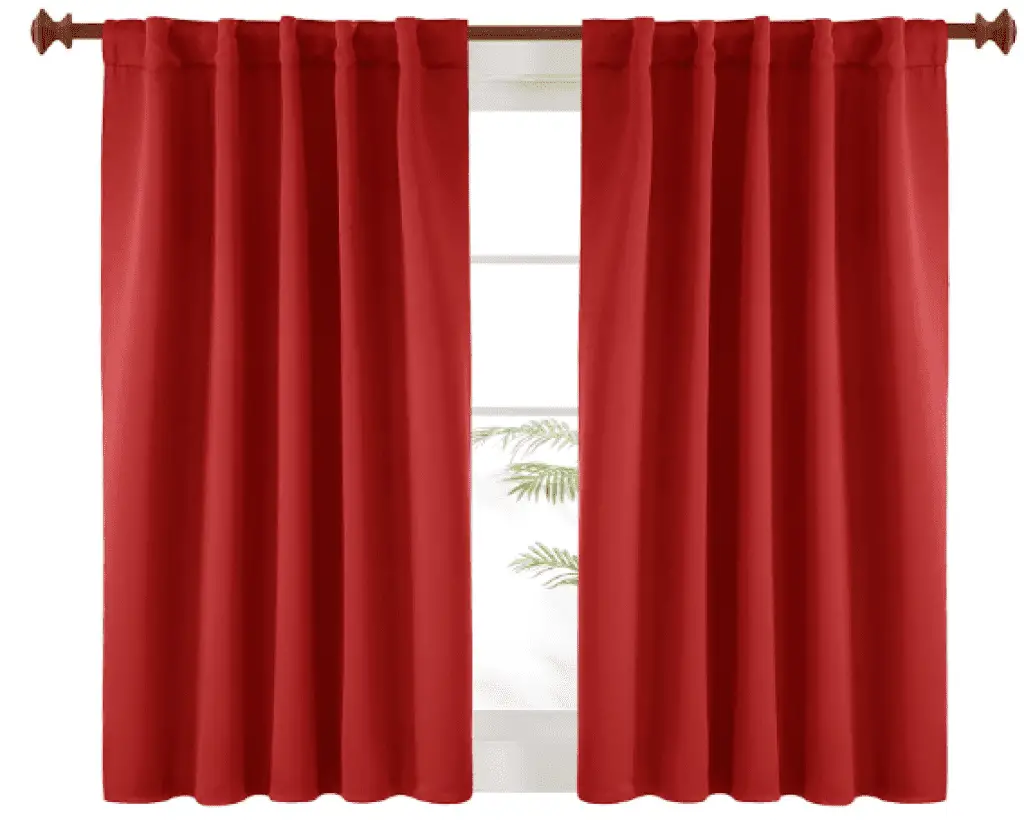
The second layer is usually an insulating material, such as foam or fiberfill, that absorbs and dampens sound. It acts as a buffer, further reducing noise transmission through window. Finally, the third layer is a regular decorative fabric that adds a stylish touch to the curtains.
To install these soundproofing curtains, simply hang them over your sliding window and you are good to go! To maximize the effectiveness of these curtains, make sure they cover the entire window area and extend beyond the frame edges.
We recently put this 3-layered soundproofing curtain to the test, and it bring down the noise level by a whopping 24 dB. That’s a truly remarkable reduction in noise.
2. Add window inserts to soundproof a sliding window effectively
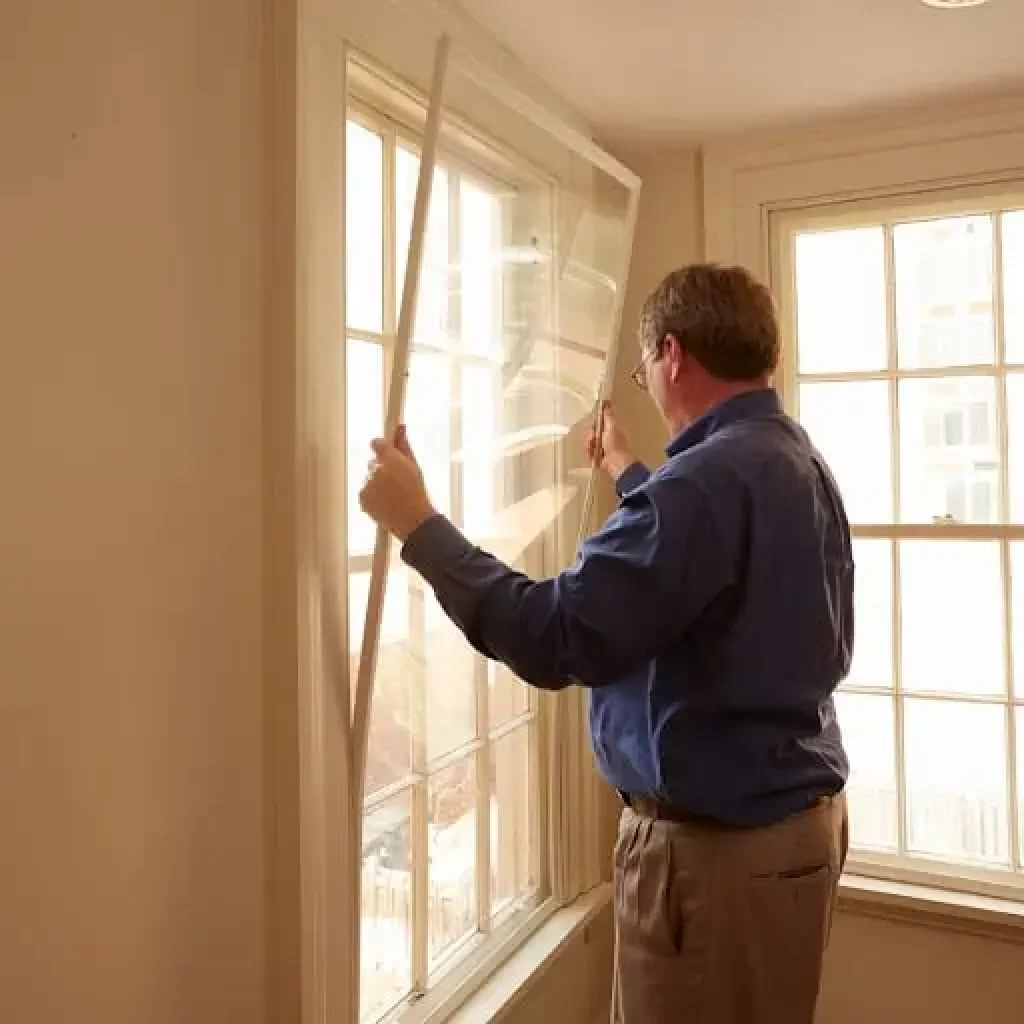
So if you want to quiet your sliding window then I recommend adding a window inserts. It is one of the most effective way for noise-proofing a sliding window.
Soundproof window insert is basically a sound reducing layer you can add to your existing windows to minimize outside noise.
Sliding windows are mostly made of glass, and as we know, sound travels through the air. When sound tries to pass through the glass of the window, it makes the glass vibrate.
This vibration then transfers sound waves into your living space. By adding window inserts, you introduce an extra layer of insulation that helps absorb and dampen these sound waves through your window.
When it is properly installed, it can possibly reduce the noise by up to 35 dB or even more, which is quiet significant.
So, if you want to sound-barrier to your old window, try window inserts! Simple, effective, and aesthetically pleasing.
3. Use soundproof blinds or shades
These guys are great for window coverings to block out external noise, effectively.
They are affordable, easy to install and remove, making them perfect solution for soundproofing window in rental and for temporarily soundproofing.
When choosing blinds or shades to muffle the sound coming through your sliding window, pay attention to the thickness and the material used. Look for thick fabrics like velvet that is designed for noise reduction.
Additionally, proper installation is key – so make sure there are no gaps between the blind or shade and the window frame when installing.
For extra insulation, you can add acoustic panels to the wall around the window area to get the most of your bunk.
4. Cover the entire siding window with soundproofing blankets
If you are not concern about the aesthetics of your window then covering it with soundproofing blankets can really be a great way to reduce outside noise coming to your room.
Here’s a step-by-step guide to do it properly:
- Get exact measurements of your sliding window.
- Buy soundproofing blankets made for windows.
- Clear the dust and dirt from the window frame.
- Next, stick adhesive strips or Velcro strips to the edges of the window.
- Attach one side of the blanket to the adhesive strips.
- And smooth out any wrinkles or air bubbles in the blanket.
These steps can be improved for better soundproofing. For example, you could layer multiple blankets or use soundproofing curtains in addition to the blankets.
My friend Sarah is a good example. She was fed up with noise coming from outside her sliding windows. After researching, she chose soundproofing blankets. She applied them following and was very pleased with the results. She now enjoys more peace and quiet in her bustling city.
5. Move some furniture around the window
Believe it or not, the placement of furniture near your window can impact soundproofing. By strategically arranging furniture such as bookshelves, cabinets, or sofas, near the window, you can create an additional barrier that helps absorb sound waves.
The logic behind this approach is based on the principle that objects can help to break up and dissipate sound waves.
When sound waves encounter furniture, they are partially absorbed, reflected, or diffused, resulting in a reduction of noise that reaches to you.
The way you arrange your furniture will depend on your room’s layout and how close it is to the window. Ideally, place larger and denser items nearer to the window since they are better at absorbing sound.
In addition to soundproofing your sliding window, you can also apply this technique to make your bay window quieter and reduce noise without having to replace the entire window.
6. Inspect and seal any gaps or cracks around the window frame
If you’re trying to reduce the noise coming through your noisy window, it’s essential to carefully inspect and seal all the gaps and cracks around the window frame. This step is crucial to effectively soundproof your sliding window.
Over time, gaps or cracks are pretty normal to develop due to wear and tear. These gaps can allow sound waves to pass through and make your place noisy.
The first step is to inspect the window frame properly. Look for any visible gaps or cracks that might be present. Pay more attention to and near the corners and edges, as these areas are often prone to developing cracks. Use a flashlight if needed to ensure you don’t miss any smaller gaps.
Once you have identified the gaps or cracks, it is time to seal them. Remember, the goal is to create an airtight seal that prevents noise from entering your home. Use sealants or caulks that are designed specifically for frames.
Apply it generously to the gaps or cracks, ensuring that it fills the openings completely.
7. Apply weather-stripping to create a tight seal
Weather-stripping is a must for creating a snug seal around sliding windows. It helps to lower noise transmission and boosts energy efficiency.
The primary purpose of weather-stripping is to fill any gaps or spaces between the window frame and the sash, glass or window slider. These gaps are common entry points for noise, as well as air leakage.
Here’s a quick guide on how to do it right:
- Clean the sliding window frame to get rid of any dirt or debris that could affect the adhesion of the weather-stripping.
- Measure the length of the window frame and cut the weather-stripping to the size.
- Peel the backing from the adhesive side and attach it along the edges of the window frame, pressing firmly.
- Test the sliding window to make sure it opens and closes without any difficulties.
Just make sure to choose high-quality weather-stripping materials. Look for options that are durable, weather-resistant and able to withstand regular usage.
8. Replace the existing glass with double pane windows
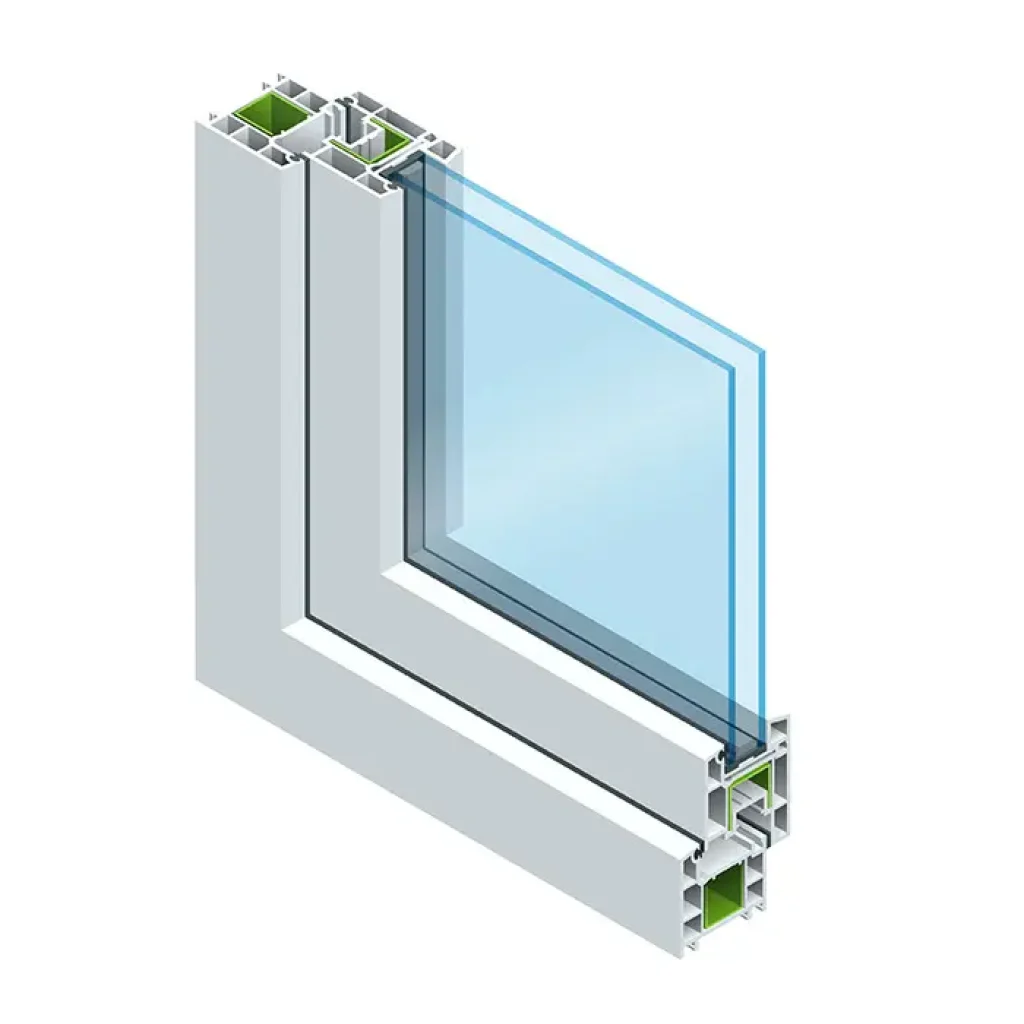
In my perspective, replacing the existing glass with double pane window is a powerful soundproofing solution that offers significant benefits in lowering the noise transmission through your single-pane window.
Related post: Are double-pane windows effective in soundproofing?
Double-pane windows consist of multiple layers of glass separated by an insulating gas-filled space. This design creates an additional barrier against sound, resulting in better and superior sound insulation compared to single-pane windows.
I would recommend you to hire a professional window installer for replacing the glass with double-pane window.
They will assess your existing window frame and recommend the appropriate double-pane window units based on your specific needs.
9. Build a DIY window baffle using plywood or MDF
Building a DIY window baffle using plywood or MDF (medium-density fiberboard) is a practical and cost-effective approach to soundproofing your sliding window.
This method allows you to create a customized sound barrier that helps to reduce noise transmission.
To get started, gather the necessary materials, including plywood or MDF boards, measuring tape, saw, screws or nails, drill, and some insulation materials such as acoustic foam.
Measure the dimensions of your window frame to determine the size of the window baffle you need to build. Cut the plywood or MDF boards accordingly, making sure they fit snugly within the window frame.
And I would recommend adding a few inches to the height and width of the window frame to ensure complete coverage.
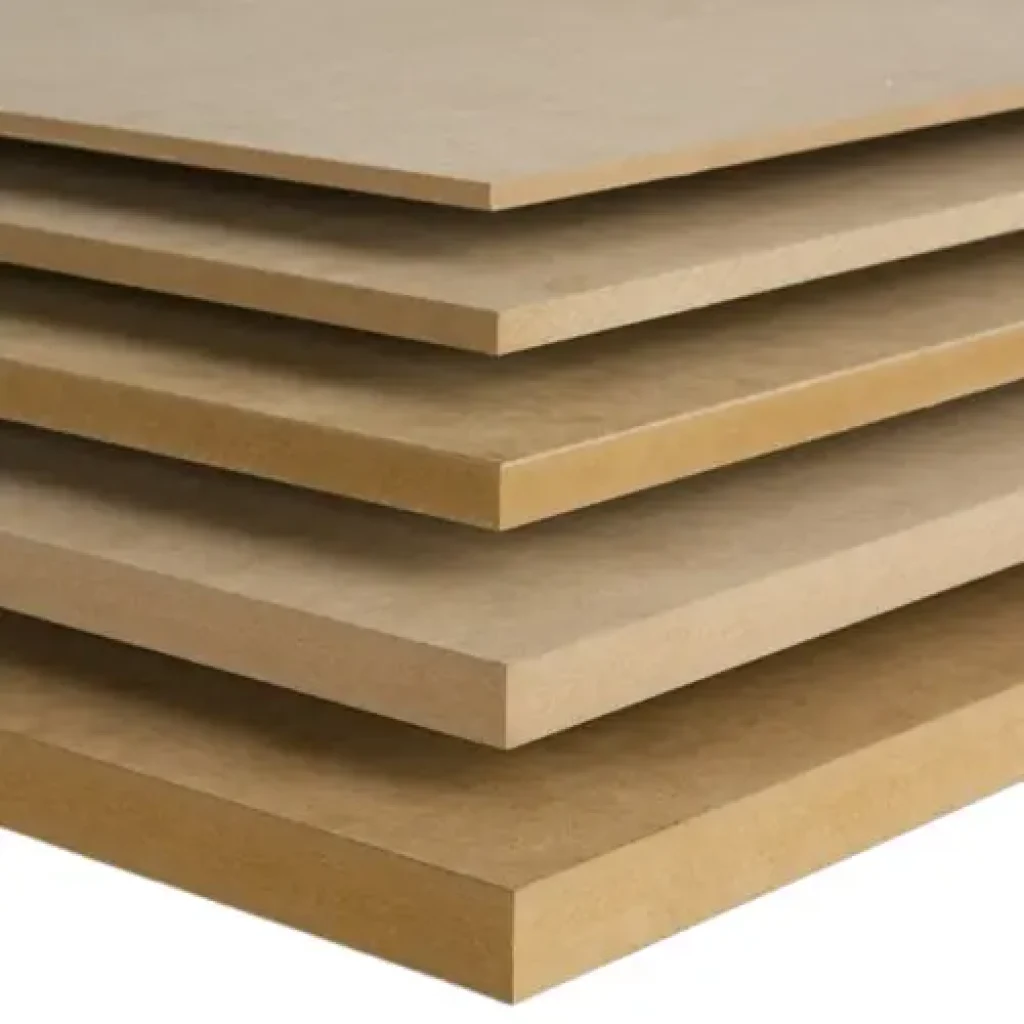
Next, assemble the window baffle by attaching the boards together using screws or nails. Reinforce the corners and edges to ensure stability and durability. You can also add additional support by installing braces or cross beams across the back of the baffle.
Once the window baffle is securely constructed, you can enhance its soundproofing capabilities by attaching acoustic foam or other soundproofing material to the side facing the window.
This additional layer helps to absorb and dissipate sound waves, further reducing noise transmission. To install the DIY window baffle, simply place it within the window frame, ensuring a tight fit.
The baffle should cover the entire window area. It’s important to note that this method may limit the functionality of the window, as it prevents it from being opened or closed easily.
10. Use acoustic glass for improved sound insulation
Acoustic glass is a great option for better sound insulation in your sliding windows. Here are four reasons why it works:
- Multi-layered construction: Acoustic glass has multiple layers with different densities, which absorb and dissipate sound waves.
- Laminated design: The layers are bonded together with a special interlayer, usually made of PVB, which boosts its soundproofing.
- Thickness matters: The thickness of acoustic glass plays a crucial role in blocking sound. Thicker glass panels reduce noise more.
- Optical clarity maintained: Acoustic glass lets natural light in, but keeps noise out – without compromising clarity.
Plus, acoustic glass offers thermal insulation, reducing heat loss or gain through your windows. This boosts comfort and can save on energy bills.
The installation process involves removing the old glass and replacing it with the acoustic glass units. Consult with a professional window installer glass to ensure the proper selection and installation process.
11. Hang sound-absorbing fabric panels near the window
Hanging sound-absorbing fabric panels near the window is an effective method to enhance soundproofing in your sliding window.
These panels, made from acoustic materials, work better to absorb and dampen sound waves. Simply hang the fabric panels near the window using hooks or curtain rods.
They not only provide excellent sound absorption but also add a decorative touch to your space.
12. Apply soundproofing window film
Soundproofing window film is a transparent adhesive film that reduces noise infiltration a bit through your sliding window. You can also use it to soundproof a Velux window. It contains sound-dampening materials that help absorb and block out external sounds.
Apply the film to the interior side of the window to enhance soundproofing without obstructing your view. Here are five easy steps for applying it:
- Accurately measure your sliding window.
- Clean the window to remove dirt and debris.
- Cut the film according to the measurements.
- Peel off the backing and apply, smoothing out air bubbles.
- Use a squeegee or credit card to press firmly onto the glass.
Not only does this film provide insulation against noise, but it can also offer energy efficiency and UV protection.
Take action now to experience the difference!
Related: Quiet a sash window
How to soundproof a vertical sliding window?
To effectively soundproof a vertical sliding window, you can follow these steps:
- Install weather-stripping: Apply adhesive-backed weather-stripping tape around the window frame to create a tight seal and prevent noise leakage.
- Use soundproof curtains or blinds: Hang heavy, noise-reducing curtains or install soundproof blinds to block and absorb sound waves.
- Apply window film: Use soundproofing window film, which adds an extra layer of insulation and helps reduce noise transmission.
- Seal gaps and cracks: Inspect the window frame for any gaps or cracks and seal them with caulk or putty to minimize sound infiltration.
- Add window inserts: Install acrylic or glass window inserts to create an additional barrier against noise.
- Use soundproofing panels: Place sound-absorbing panels near the window to absorb and dampen sound vibrations.
Maintaining Tips For a Soundproofed Sliding Windows
Maintaining a soundproofed sliding window is essential to ensure its effectiveness in blocking out noise. Here are some tips for maintaining your soundproofed sliding windows:
- Regularly clean the windows: Dust and debris can accumulate on the window surfaces, affecting their performance. Clean the windows periodically using a gentle cleanser and a soft cloth to remove any dirt or grime.
- Check for gaps or cracks: Inspect the window frames for any gaps or cracks that may have developed over time. Seal these openings using weather-stripping, caulk, or putty to maintain a tight seal and prevent sound leakage.
- Replace damaged weather-stripping: Over time, weather-stripping may wear out or become damaged. Check the condition of the weather-stripping around the window frame and replace any worn-out or damaged sections.
- Inspect the window tracks and rollers: Ensure that the window tracks are clean and free from debris. Lubricate the tracks and rollers regularly to ensure smooth and quiet operation of the sliding window.
- Address any issues promptly: If you notice any signs of deterioration, such as cracks in the glass or damage to the window frame, address these issues promptly. Repair or replace any damaged components to maintain the soundproofing integrity of the window.
What is the cost of soundproofing a sliding window?
As an estimate, the cost of soundproofing a sliding window can range from $50 to $1,000 or more, depending on the methods you choose and materials you use.
Do-it-yourself (DIY) options like weather-stripping, curtains, or window inserts are usually more budget-friendly, with costs ranging from around $50 to $150 on average.
On the other hand, professional soundproofing solutions, such as acoustic glass or specialized window treatments, may come with a higher price tag, ranging from $300 to $1,000 or even more.
If you decide to replace your existing window with a soundproof window, you can expect costs ranging from $300 up to $2,000. (Read: cost of a soundproof window)
The specific pricing will depend on factors like the size of the window, the level of soundproofing desired, and any additional installation or labor costs involved.
FAQs about Soundproofing Sliding Windows
Q1: Can I use multiple soundproofing methods together for better results?
Yes, combining different soundproofing methods can enhance the effectiveness of your efforts. For example, you can use soundproof curtains in conjunction with window inserts or acoustic blinds to achieve better sound insulation.
Q2: Do soundproofing methods also improve energy efficiency?
Yes, many soundproofing methods, such as double-pane windows and weather-stripping, provide insulation benefits, which can help improve energy efficiency by reducing heat loss or gain.
Q3: Can I soundproof my sliding window without professional assistance?
Yes, you can. Most soundproofing methods can be implemented as DIY projects. However, if you are unsure or uncomfortable with the installation process, it is advisable to seek professional assistance to ensure proper and effective soundproofing.
My final thought
Soundproofing a sliding window is essential for creating a peaceful and quiet living environment. By implementing the 12 methods discussed in this article, you can effectively soundproof your sliding window.
From installing soundproof curtains to applying window film, each technique offers unique benefits and contributes to a significant reduction in noise.
That’s it for this post: How to soundproof a sliding window?
Thank you for reading! If you’re interested in soundproofing other types of windows, such as sash windows, bay windows, or any other window, make sure to explore our other posts.
Further to read: How to silence a jalousie window?
